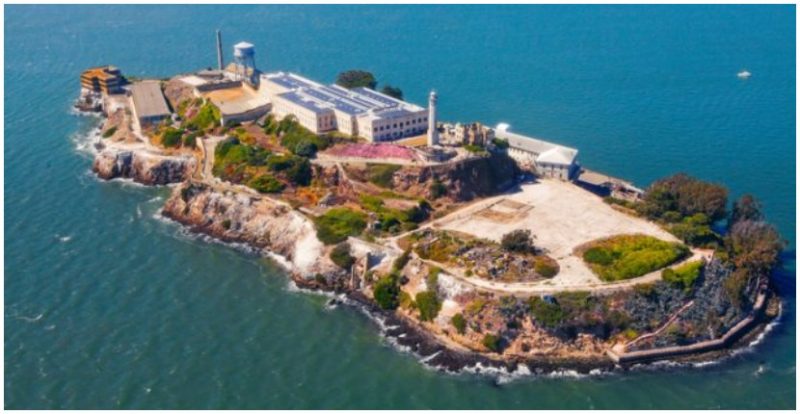Located in San Francisco Bay, Alcatraz Island has had several different purposes. After its exploration in the 1840s, it originally became home to the American West Coast’s first lighthouse. Later it became a military fort, then a military prison, and, finally, the most notorious federal penitentiary in our nation’s history.
Alcatraz is famous for being both one of the meanest prisons in the country, and also for being nearly impossible to escape. The island the prison sits on is essentially a barren limestone rock in the middle of the bay, and has few animals, little vegetation, and no source of fresh water. The only ways off the island were by boat, plane, or a long and difficult swim through shark-infested waters.
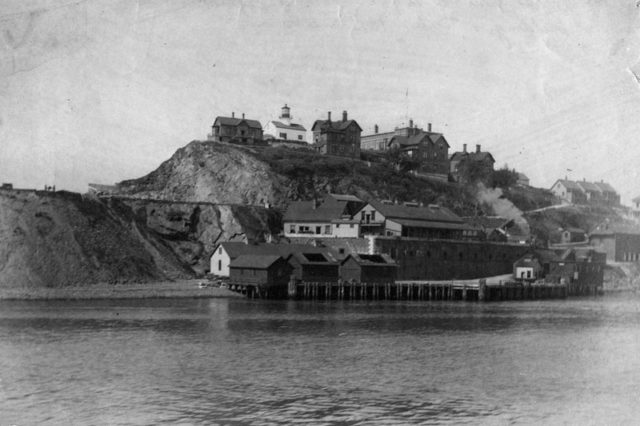
Its lack of resources is part of what made it so hard for potential escapees to flee, since its very barrenness both offered convicts very few places to hide and nothing with which they could build a raft or otherwise try to put together a way to leave the island, according to How It Works Magazine. Additionally, the surrounding water was full of strong currents and was very cold, often no more than around 60 °F (16 °C), making escape even more challenging.
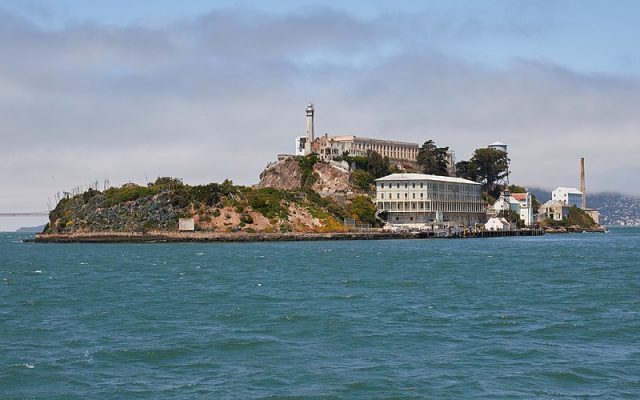
The facility held some of the country’s most notorious convicts during its 30 years as a federal prison, including the likes of Al Capone, George “Machine Gun” Kelly, and Robert Stroud, who became known as the Birdman of Alcatraz.
Here are some little-known facts about this infamous prison.
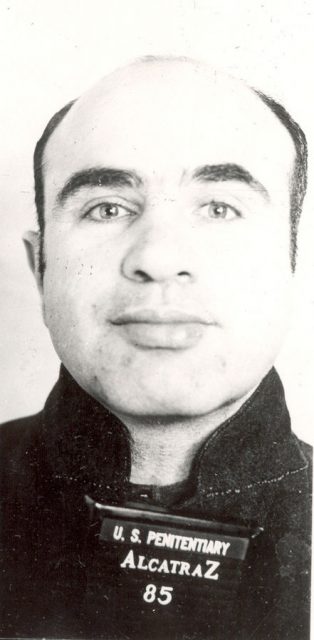
The prison offered some luxury as a disguise for security. One of the things that set Alcatraz apart from most other prisons during its tenure was that it allowed prisoners to have reasonably hot showers. While the prisoners no doubt appreciated the small luxury and thought it a kindness, the truth is more complex than that.
The water in San Francisco Bay is quite frigid, and allowing prisoners hot showers made it much harder for potential escapees to become acclimated to the cold water of the bay. That comfort made escape even more difficult, according to Useless Info Junkie.
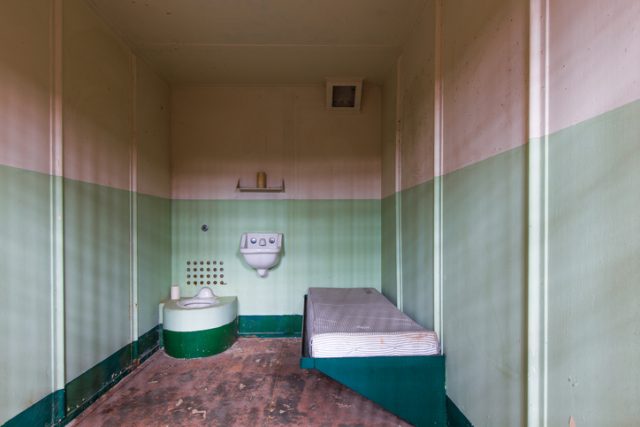
Tourism site The Travel, offers other bits of information about the prison, including the fact that the guards spent a lot of time shuffling prisoners around to different parts of the facility.
The prison had different levels of punishment, and they were in different parts of the facility, which meant relocating prisoners if they were assigned to a different regime.
D Block was the section reserved for the harshest punishments, such as segregation or solitary confinement. Of the 36 segregation cells, six were set aside for total isolation from any other people.
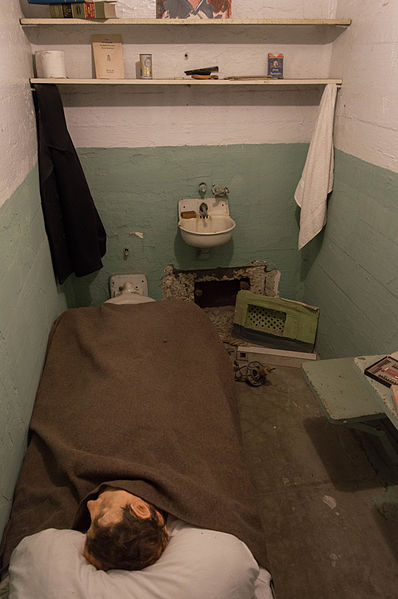
Prisoners who were new to the island had their own section, as well. They were put into the cells on the ground the floor, which were referred to as “the flats”, in a special section known as “Fish Row” when they first arrived.
Conditions for the prisoners weren’t uniformly or consistently harsh. Despite its reputation, the prison reserved harsher punishments for prisoners who failed to follow the rules. Those that didn’t cause problems were treated much more kindly, even having the opportunity to work in the staff’s homes.
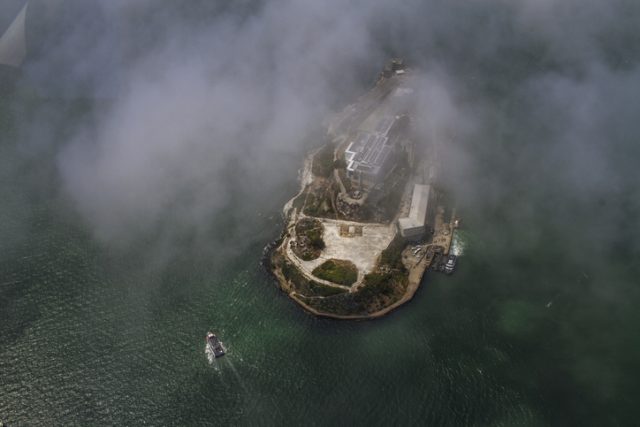
The prisoners didn’t have to spend all their time in their cells. There was a library housed in D Block. The recreation area had a baseball diamond, and the inmates played the game with some modifications of the rules meant to accommodate the restrictions of playing in the confined space of a prison yard. Another activity was a “house band”, whose members included Al Capone. Some prisoners also tended the gardens.
Apparently, the food wasn’t half had, either. Menus from the mid-1940s show that the prisoners tucked into hearty dishes like bacon jambalaya, pork roast with all the trimmings, or beef pot pie Anglaise.
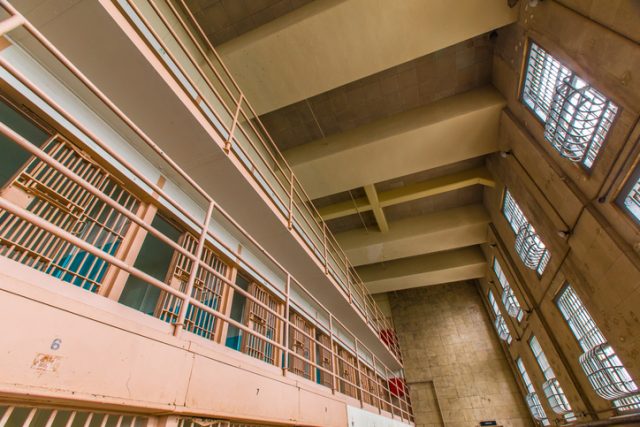
Despite the great food and the baseball games, Alcatraz was still a very tough prison. The most obvious example of what life would be like for an inmate is the fact that the cells were tiny.
While prisoners didn’t have to share cells, the cells they had were only about nine feet by five feet and held a cot, a toilet, and a sink. Space was cramped, and a good-sized adult male could stretch out his arms and touch both sides of his cell without working hard.
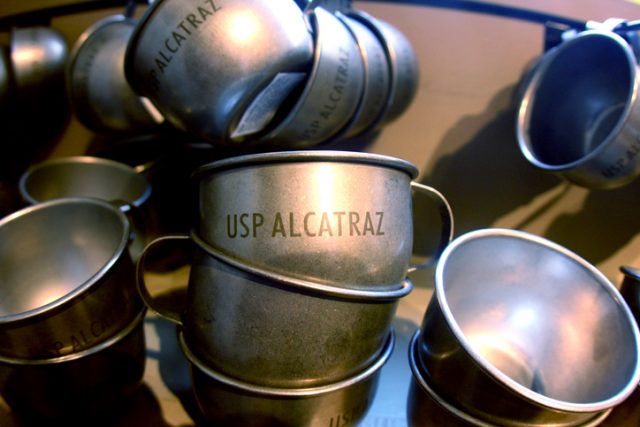
Another way that Alcatraz maintained its reputation as a place to be feared is that guards occasionally placed a heavy ball and chain on prisoners for punishment. And it was hard to break the rules without being caught; the prison had one guard for every three prisoners, an extremely high ratio.
Besides being in very close quarters, the inmates could only talk to each other during meal times and recreation periods during the prison’s early years. When they were in their cells or otherwise occupied, they were expected to maintain silence, even in general population. After several years, the practice was deemed too harsh even for convicts, however, and the rule of silence was lifted.
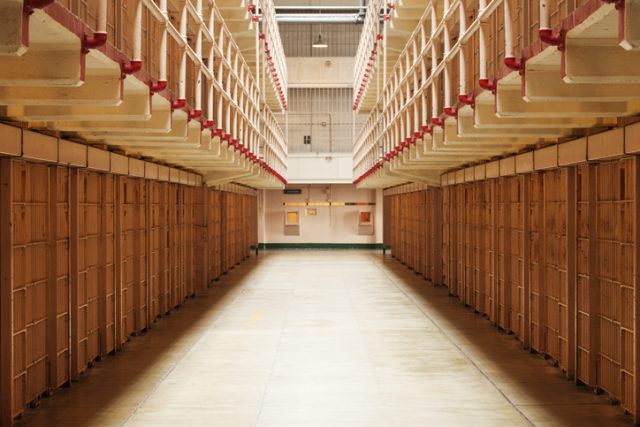
Alcatraz only served as a federal prison for about 30 years, from the mid-1930s until the mid-1960s. Despite its function as an ideal place for the most notorious and hardened offenders, it was also extremely expensive to run. Staff costs were very high, as not only were there wages to consider, but prison employees and their families lived on the island, so the costs associated with their maintenance had to be factored in. All this made it the single most expensive prison in the country to keep running.
Related Video: Fantastic Drone Footage of Corfe Castle – Site of one the Most Famous Sieges in History
As time passed and the concrete and steel infrastructure began to deteriorate, it was decided that the cost of making repairs was too onerous and the prison was closed.
Read another story from us: Inside Alcatraz – Rare Behind the Scenes Look at Life on ‘The Rock’
Alcatraz is currently a popular tourist destination, full of legends. Even though it’s no longer home to a criminal population, its reputation continues to hold fascination with the public.
